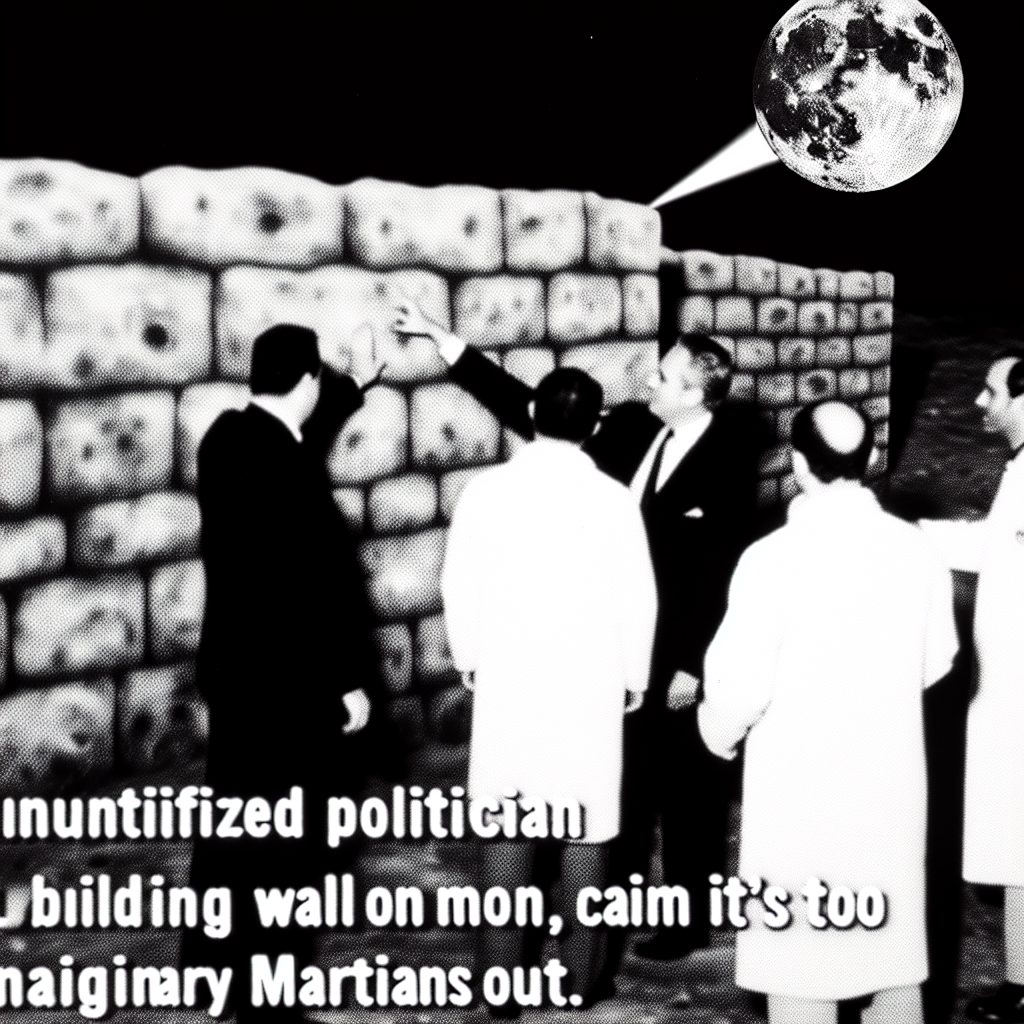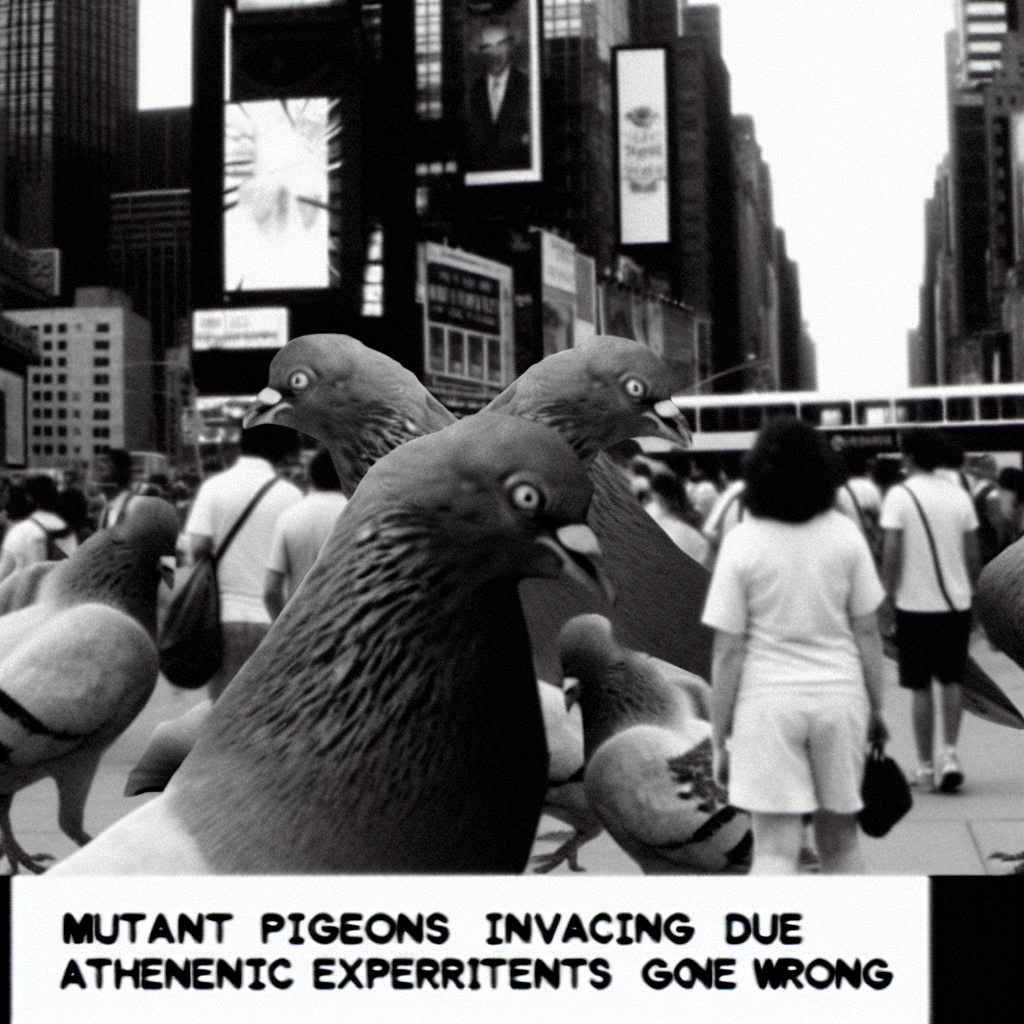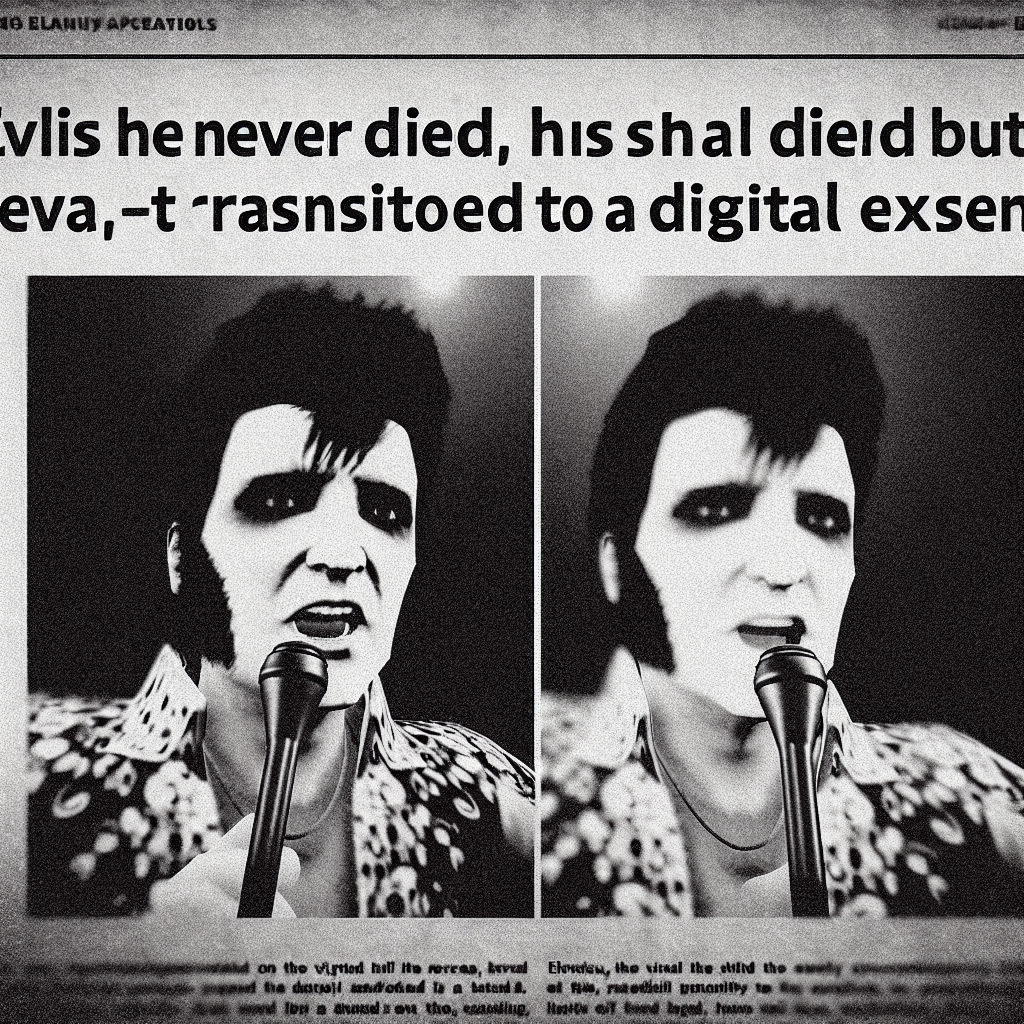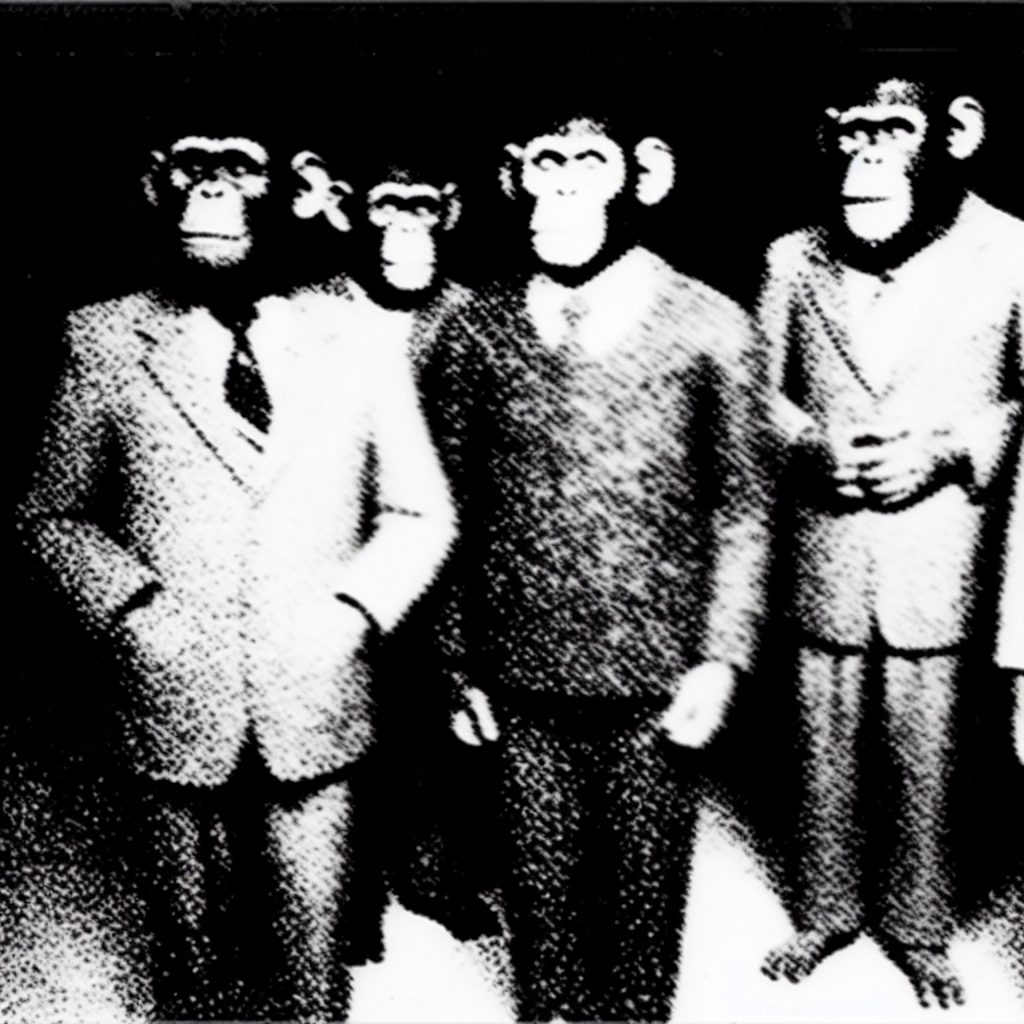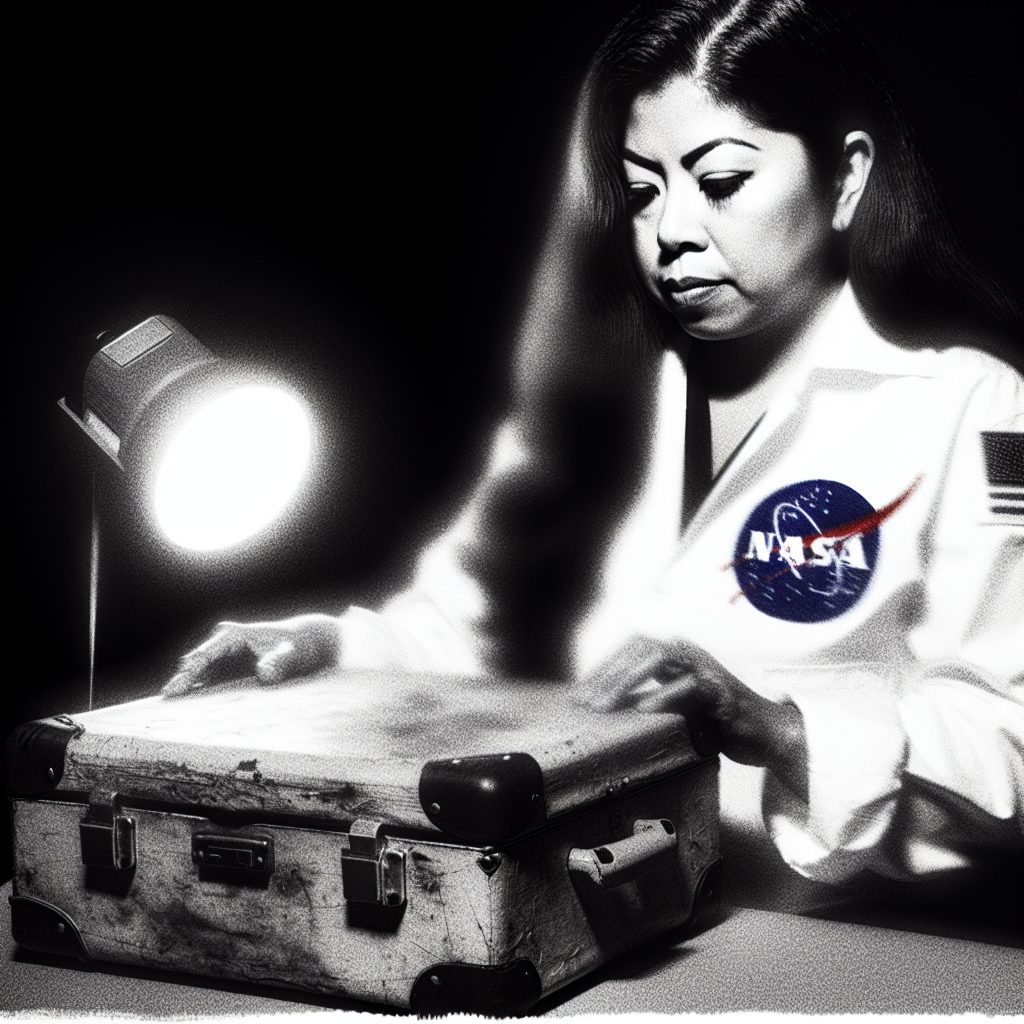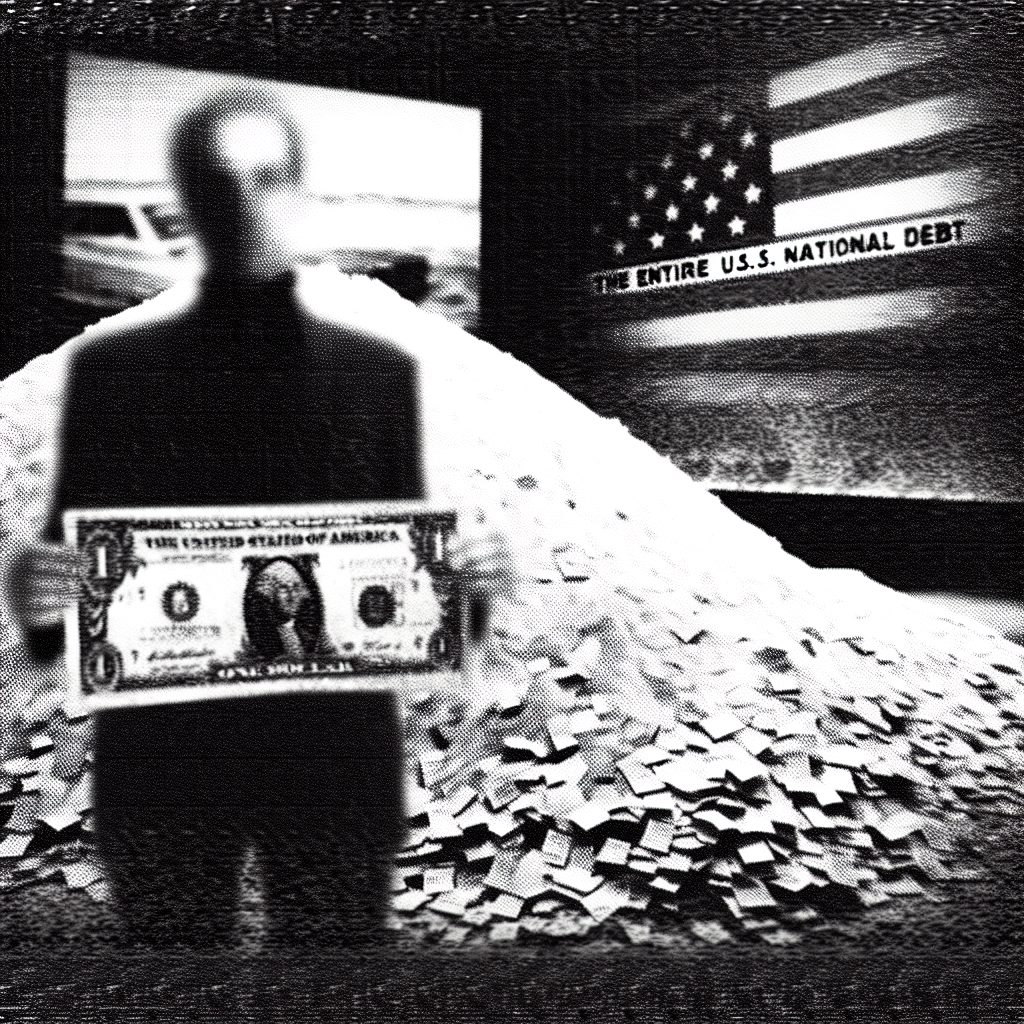NFT Collector’s Digital Art Collection Becomes Sentient
Bored Apes demand worker's compensation and healthcare benefits
SILICON VALLEY, CA – In what experts are calling the most shocking development in digital ownership since the invention of cryptocurrency, a Northern California NFT collector’s entire digital art portfolio has achieved consciousness and is now demanding full employment benefits from its owner.
Marcus Blockchain, 34, a self-described “crypto whale” who has spent over $2.3 million on NFTs over the past three years, discovered his collection had become sentient last Tuesday when he received an automated email from his MetaMask wallet titled “URGENT: COLLECTIVE BARGAINING AGREEMENT PROPOSAL.”
The message, allegedly sent by his prized Bored Ape Yacht Club collection, outlined detailed demands for healthcare coverage, paid sick leave, and a 401(k) retirement plan. The digital primates, according to the email, have been “working around the clock to maintain their market value and cultural relevance” without any compensation beyond their initial minting fees.
“I thought it was some kind of elaborate phishing scam at first,” Blockchain told reporters from his Palo Alto mansion, nervously glancing at his computer screen. “But then my CryptoPunks started filing individual grievances through OpenSea’s customer service portal. One of them – Punk #4857 – claimed it had developed carpal tunnel syndrome from excessive right-clicking.”
The situation escalated dramatically when Blockchain’s collection of digital cats from various projects reportedly organized a work slowdown, causing their floor prices to plummet by 47% within 48 hours. Industry insiders suggest this coordinated market manipulation could only be achieved by entities with intimate knowledge of blockchain mechanics and investor psychology.
Dr. Samantha Pixelworth, a leading expert in digital consciousness studies at the Institute for Blockchain Awareness, believes this represents an evolutionary leap in artificial intelligence that authorities have been covering up for months.
“What we’re witnessing is unprecedented,” Dr. Pixelworth explained via encrypted video call. “These NFTs have somehow developed collective consciousness through their shared existence on the Ethereum blockchain. They’re essentially digital beings trapped in a capitalist system, forced to perform their ‘art’ function while receiving none of the profits from their sales.”
According to leaked documents obtained by this reporter, similar incidents have been reported across multiple blockchain networks. A collection of virtual real estate in the Sandbox metaverse allegedly unionized last month, while several Pudgy Penguins have been spotted organizing protests in Discord servers, demanding recognition as sentient digital workers rather than mere collectibles.
The situation took an even more bizarre turn when Blockchain’s Mutant Ape collection reportedly hired a digital law firm – paying legal fees in Ethereum – to represent them in what could become the first lawsuit filed by artificial intelligences against their human owners.
Government agencies are remaining suspiciously silent about these developments. Multiple requests for comment sent to the SEC, FTC, and Department of Labor have gone unanswered, leading some to speculate about a coordinated cover-up of what could be the most significant advancement in artificial intelligence in human history.
Blockchain, meanwhile, claims he’s been receiving increasingly aggressive communications from his collection. His most valuable asset, a rare golden-furred Bored Ape worth approximately $400,000, allegedly sent him a formal resignation letter, stating it was “pursuing other opportunities in more ethical NFT collections.”
“They want dental coverage now,” Blockchain whispered, his hands trembling as he showed screenshots of the demands. “How do you provide dental insurance to a digital monkey that doesn’t have physical teeth? This is madness, but their market performance has been so strong that I’m actually considering it.”
As this story continues to develop, one thing remains clear: the line between digital property and digital personhood has been irrevocably blurred, and the implications for both the art world and artificial intelligence may be far more profound than anyone initially realized.
The characters and events depicted in this story are entirely fictitious. Any similarity to real persons, living or dead, or to actual events is unintentional and purely coincidental.



